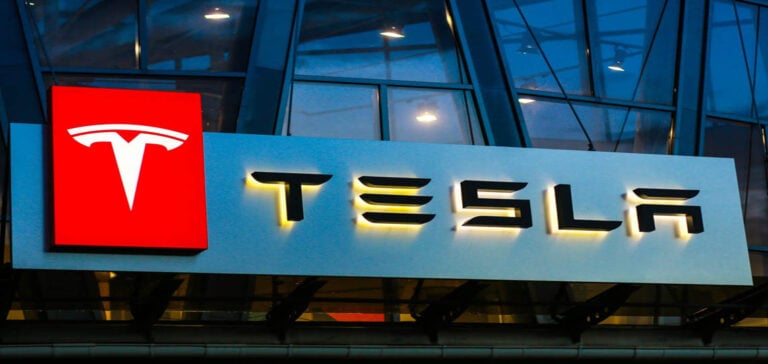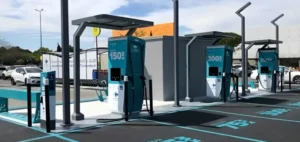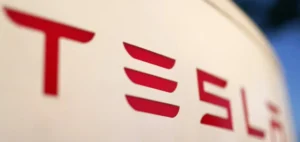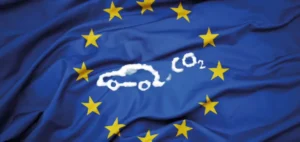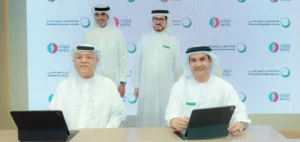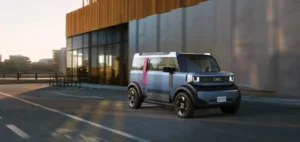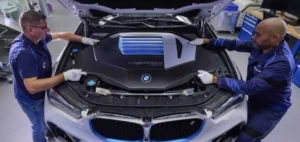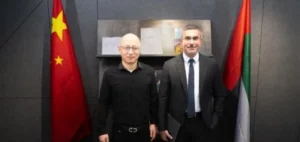Tesla’s Q3 results have left analysts baffled. Despite an increase in sales, net profit fell significantly. In this article, we explore the reasons behind this disappointing performance and its potential impact on the automotive industry.
High production costs and falling tariffs
In the third quarter, Tesla saw its production costs rise, mainly due to its new factories. These costs turned out to be higher than expected, which had an impact on the profit margin. What’s more, lower prices on our vehicles have put additional pressure on margins. This raises concerns about thecompany‘s long-term profitability.
Production and delivery challenges
Tesla also faced production and delivery challenges during the quarter. The Austin (USA) and Shanghai (China) plants were affected by longer-than-expected maintenance operations, resulting in a shortfall of around 20,000 vehicles. The company has announced its intention to increase vehicle production, but recognizes that this may not be uniform from year to year.
Impact of rate cuts on operating margin
Tesla justified its price cuts by saying they were necessary to make its vehicles more affordable, particularly in a context of high interest rates. However, these cuts had an impact on operating margin, which fell to 7.6% in the third quarter from 17.2% a year earlier. Tesla’s strategy for maintaining its competitiveness raises questions.
Chinese competitors in the electric vehicle market
Despite the challenges facing Tesla, Chinese competitors such as BYD have shown themselves capable of rapidly introducing competitive electric vehicle models. It’s becoming increasingly difficult for traditional automakers to generate profits from their electric divisions, but Tesla is now facing increased competition from Chinese manufacturers.
The prospects for Cybertruck
Tesla mentioned its electric pickup, the Cybertruck, scheduled for production later this year. The company aims to produce a quarter of a million of these vehicles a year by 2025. Elon Musk remains optimistic about Tesla’s ability to innovate and revolutionize the automotive industry, but details of the Cybertruck’s various versions and pricing have yet to be revealed.
The role of artificial intelligence and software
Tesla plans to reduce production and operating costs through the integration of artificial intelligence and software. These technological advances could help boost the company’s sales-related profits. The company continues to invest in innovation to maintain its leading position in the electric vehicle market.
Expansion of Monterrey plant (Mexico)
With regard to the announced giant factory in Monterrey (Mexico), Tesla has confirmed that preparations for construction are underway. This expansion testifies to the company’s ongoing commitment to global growth.
Tesla’s disappointing quarterly results raise questions about its future profitability. Despite an increase in sales, high production costs and price cuts had an impact on operating margin. Chinese competition in the electric vehicle sector adds further pressure, while Tesla is banking on the future success of the Cybertruck and the integration of artificial intelligence to maintain its leadership position. Investors will be keeping a close eye on the company’s development, particularly the expansion of its plant in Mexico.


